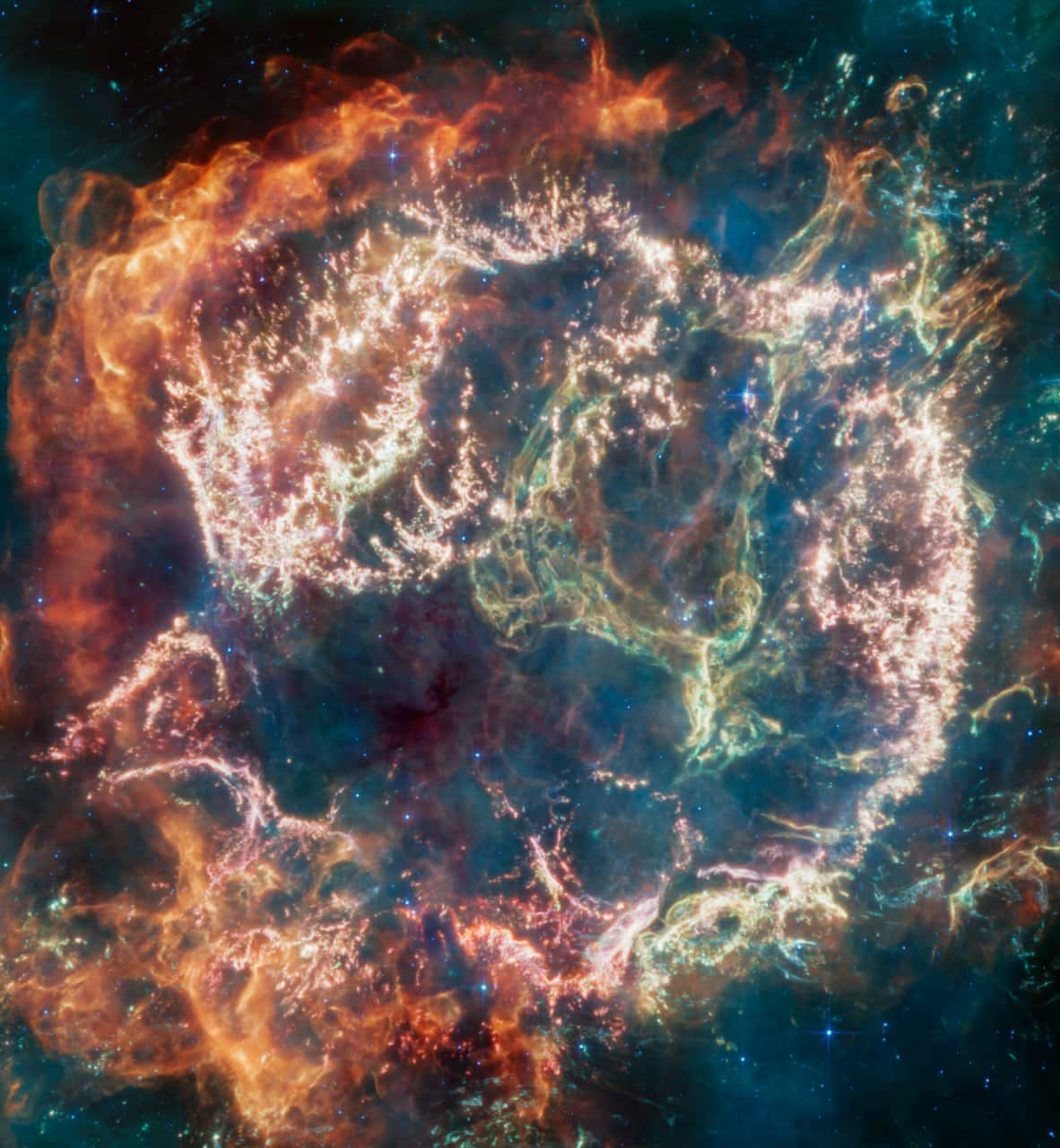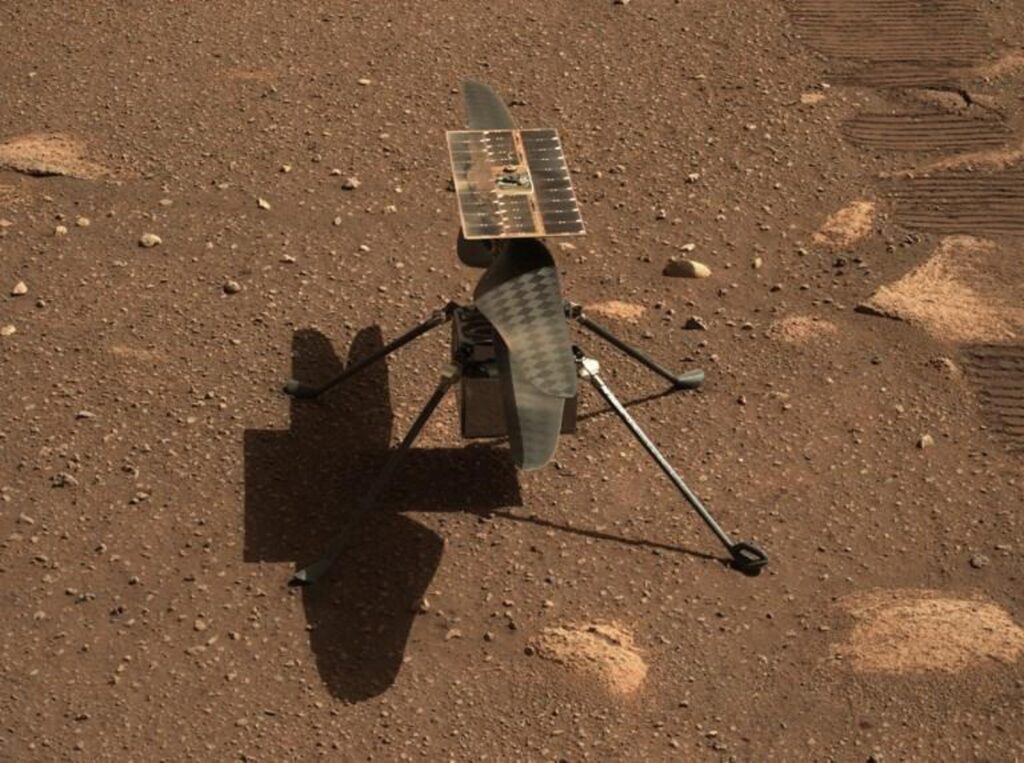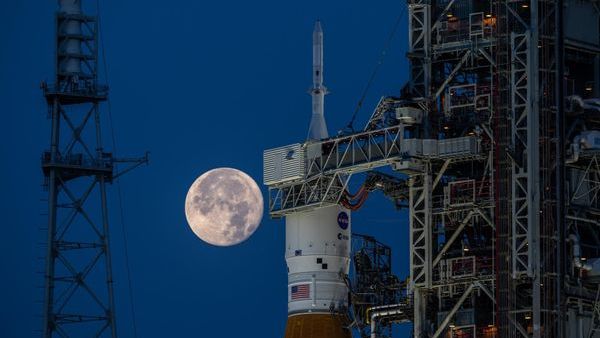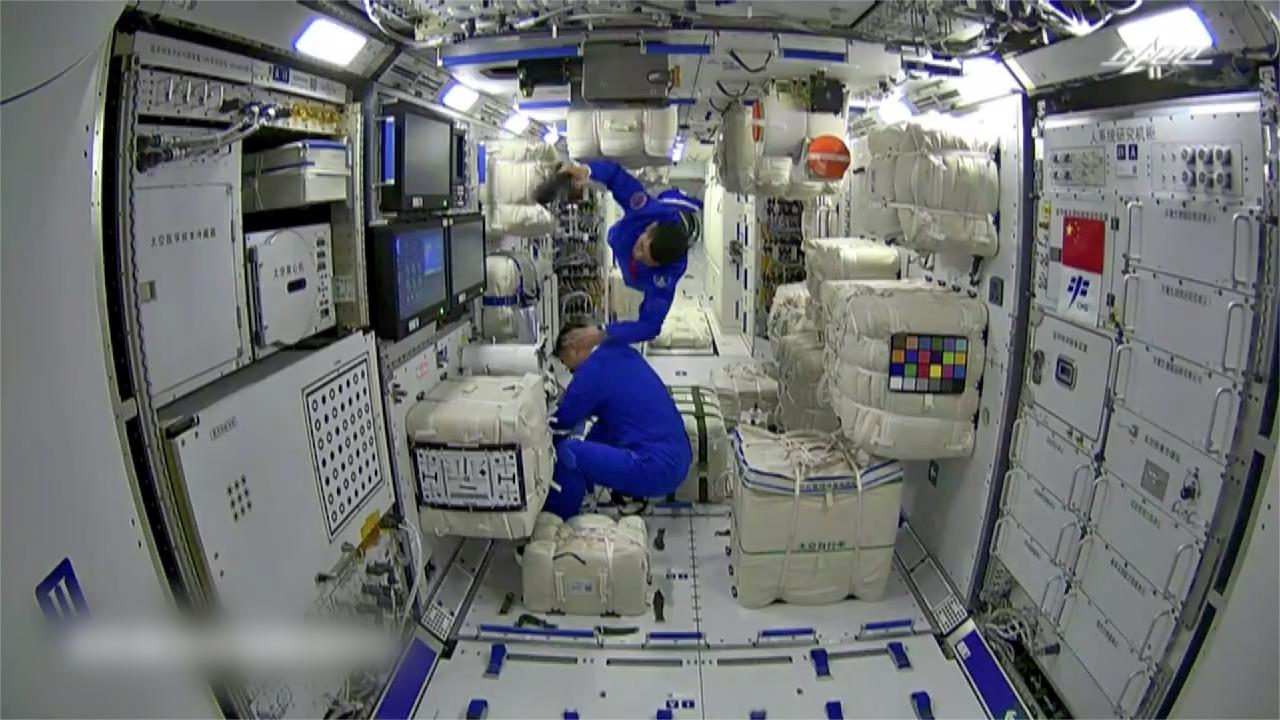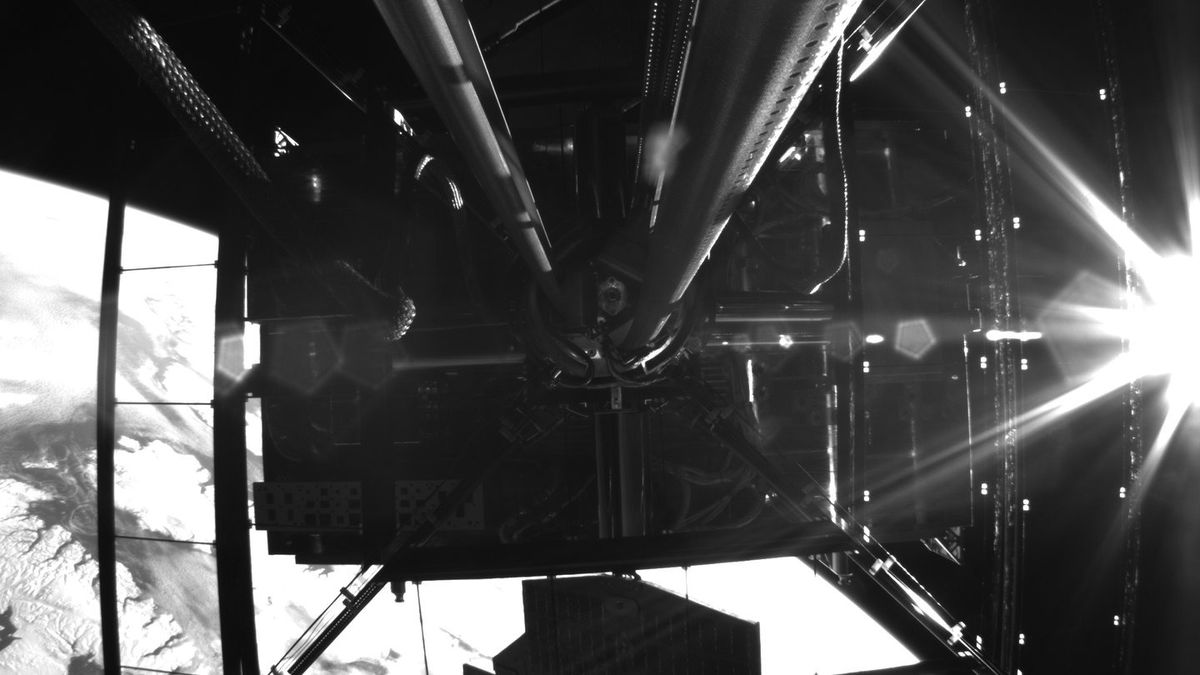This remarkable observatory, equipped with its Near Infrared Camera (NIRCam), has unveiled a mesmerizing view of the expanding remnants of this celestial cataclysm.
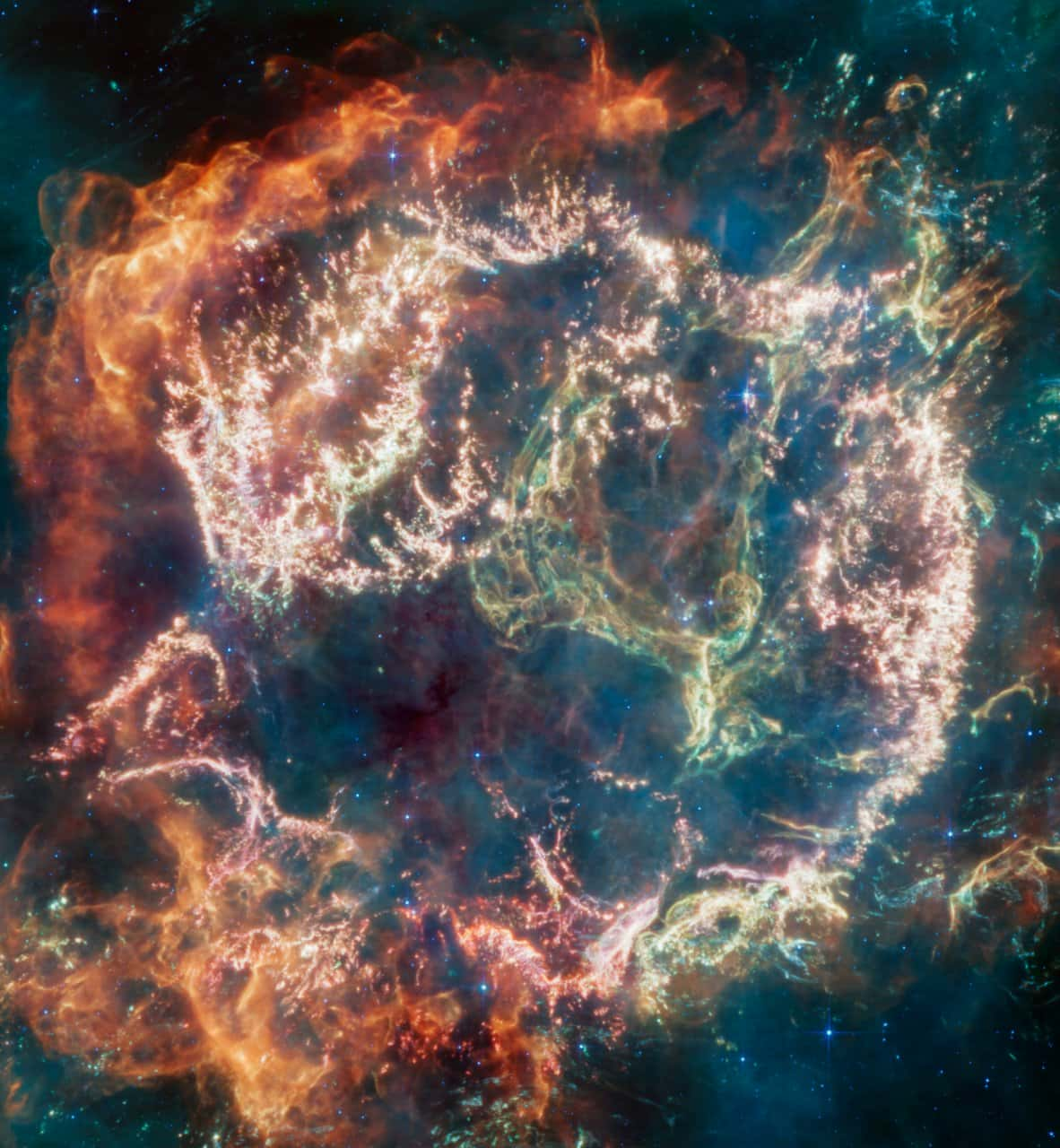
The James Webb Space Telescope (JWST) has recently turned its cosmic eye towards Supernova 1987A, an explosive event that occurred 36 years ago
Located a staggering 168,000 light-years away in the Large Magellanic Cloud, this supernova, nicknamed Supernova 1987A, was the closest observed supernova since 1604’s Kepler’s Supernova.
Before its dramatic demise, the star responsible for this spectacle, Sanduleak–69 202, was a colossal blue supergiant, boasting a mass 20 times that of our sun. Its brilliant explosion was visible to the naked eye in the southern hemisphere and has intrigued astronomers ever since. Now, under the guidance of Mikako Matsuura from Cardiff University in the UK, the James Webb Space Telescope (JWST) has turned its gaze toward this cosmic relic.
Using the James Webb Space Telescope (JWST), Matsuura’s team meticulously measured the expanding shockwave from the supernova as it interacted with its surroundings. As massive stars like blue supergiants near the end of their lives, they eject copious amounts of matter. The Hubble Space Telescope had previously observed as Supernova 1987A’s shockwave collided with a ring of material ejected by the dying star, creating bright clumps resembling a pearl bracelet.
The James Webb Space Telescope (JWST) has unveiled fresh insights into this celestial phenomenon, revealing that the shockwave has extended beyond the primary ring, gaining speed and creating new luminous regions
Furthermore, the telescope detected a diffuse glow as the supernova’s blast wave energized surrounding gases.
Intriguingly, the James Webb Space Telescope (JWST) also observed two enigmatic arcs within the primary ring, suggesting they might be the outer layers of material expelled during the supernova explosion. Scientists hope that continued observation will eventually reveal the elusive neutron star at the heart of the explosion, which has so far remained hidden from direct view.
While direct observation of the neutron star remains a challenge, indirect evidence from X-ray emissions detected by NASA‘s Chandra and NuSTAR X-ray observatories, along with observations from the Atacama Large Millimeter/submillimeter Array (ALMA), suggests its presence may be concealed within dust clumps at the remnant’s core. The James Webb Space Telescope will continue to monitor the evolving supernova remnant, shedding light on the mysteries of this cosmic spectacle.
READ ALSO: Involuntary Weight Loss For Aging Women Does Not Guarantee Longer Lifespan But Sign Of Ill Health
